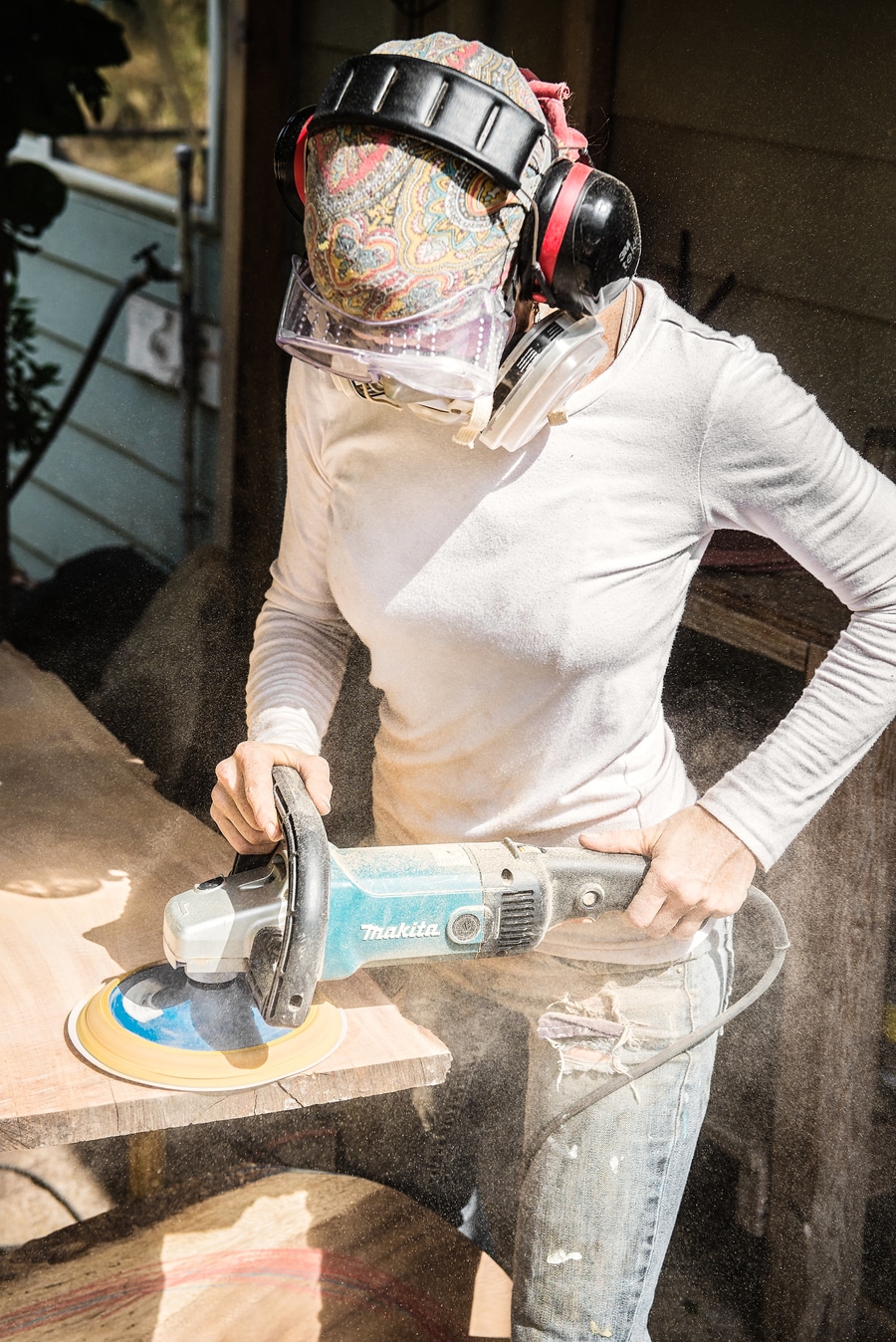In his article for the Jan-Feb, 2015 issue of The Atlantic, “The Death of the Artist—and the Birth of the Creative Entrepreneur,” William Deresiewics examines the concept of “artist” through the centuries, how, in his opinion, it has shifted from “artisan” to “solitary genius” to “professional” and perhaps now to “entrepreneur.” The model by which art is purchased, sold and displayed underlies all of this, but Deresiewics digs deeper, to get at the origin of the idea of “artist” as vocation instead of profession or job.
Prior to the 18th Century, there were no artists; there were artisans, who supported themselves through royal patronage (Rembrandt), religious patronage (Bach), or direct sales to the masses and elites alike (Shakespeare). Regardless of the model, they were all part of the general economic fabric, contributing what they had to offer and hoping to feed themselves doing it.
Beginning in the 18th Century, arts followed politics and culture and began to chafe under this structure whereby what was saleable is what got produced. Artisans began to rebel, to express themselves as individuals – and they became “fine artists. Prestige rose and so did the pedestals upon which artists were placed.
During the last Century, artists were transformed back into professionals who honed their crafts and worked at them, but as part of an industrial complex that prevented them from “sullying their hands” with the business side of things. The art business industry built the pedestals ever higher.
Deresiewics argues that we are now in a new era in which artists must deal directly with consumers, instead of tolling away in their studios and then letting middlemen broker their ouevres. This paradigm shift has been gradual, but many factors, including market forces, technology, the age of personal expression and entrepreneurship, have brought us to a moment when “artist” can, and now must mean “job.” More specifically, he maintains that, in today’s world, artists must wear many hats and engage in many different creative and business-oriented activities to earn a living. As such, the stigma of the artist as a businessman is fading.
Unfortunately, from Deresiewics perspective, the consequence could be the ever-dreaded “end of art.” If artists must live in the real world with the rest of us, and cater to the uneducated, plebian tastes of the masses, then they will no longer make masterpieces. They will produce salable work for the lowest common denominator, and the era of “fine art” will be over, and artists will just be “creatives.”
This argument has more assumptions than it has labels. Let me point out just two: 1. artists won’t create fine art if they have to function in the business world, 2. only trained experts can know what fine art is.
The idea that “fine art” can only be produced if its creator is removed from the business world and allowed to “create” may seem simply an overly romanticized notion, but, in fact, it is much more sinister. Artists have always produced poor, mediocre and absolutely stunning work, no matter what they’re called or the system under which they operate. Those “artisans” mentioned above created what we now consider some of the world’s all-time greatest masterpieces, and they did it as much to earn a living as in service of creativity. Was it recognized as such at the time? Maybe. Was it commercially viable? Some of it. Were they pandering to their “target markets” or following their muses? Yes.
I am thrilled that today’s artists might be allowed to compete on a level playing field to have their work displayed, and to encourage people to purchase it. If the people don’t know any better and purchase things that are not “fine,” so be it. It’s still the best way to ensure that all the potential masterpieces may be born. Deresiewics is absolutely correct that the market underpins all of it, so let’s give our artists the business training as well as the artistic training, place the reins of their careers in their own hands and then let our free market decide.
At the Clark Hulings Foundation, we not only embrace the idea that art is a business, we celebrate it, and challenge today’s visual artists to take charge of their own affairs, both with regard to artistic endeavor and to making a living at it. We are definitely experiencing a new moment, but we believe it is one of great opportunity for the creators of the work, by whatever name, to fight for a seat at the table and compete fairly and directly.
Written by: Elizabeth Hulings, Director of The Clark Hulings Foundation







